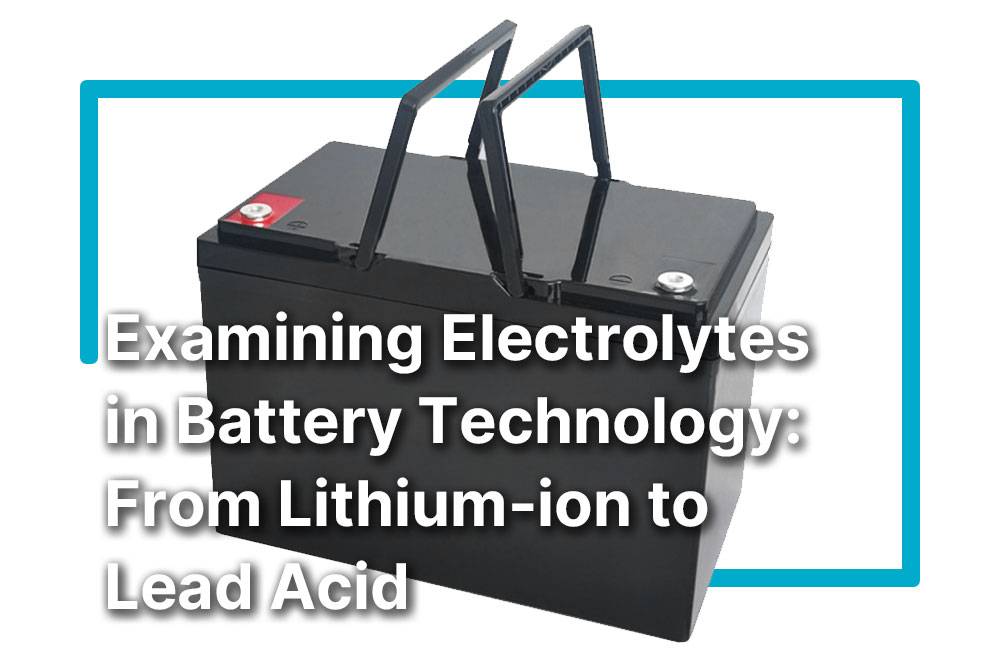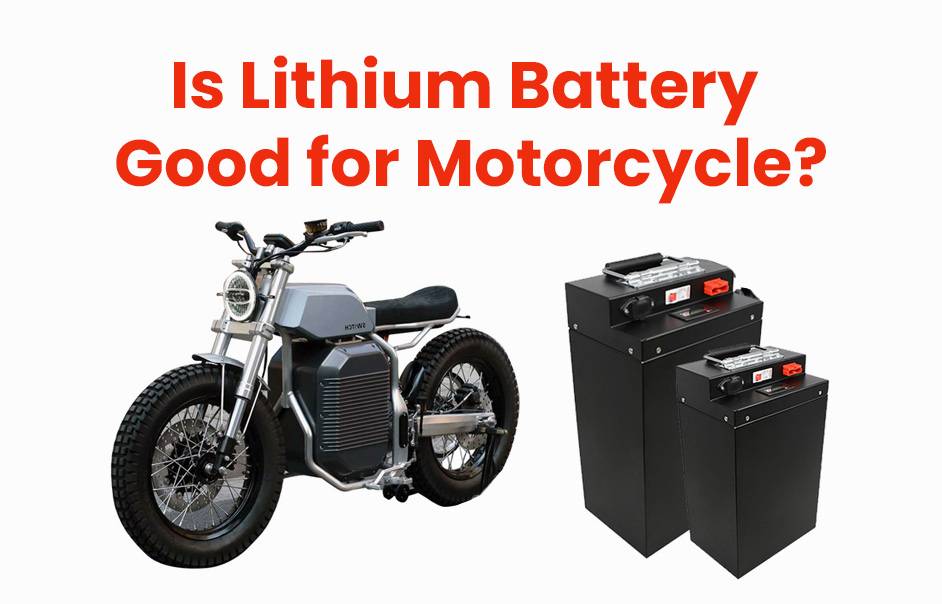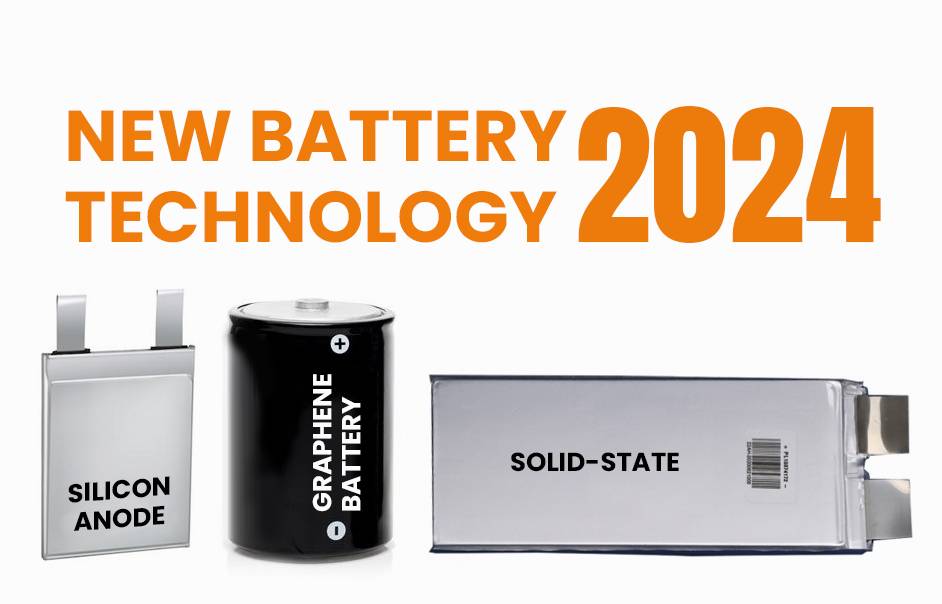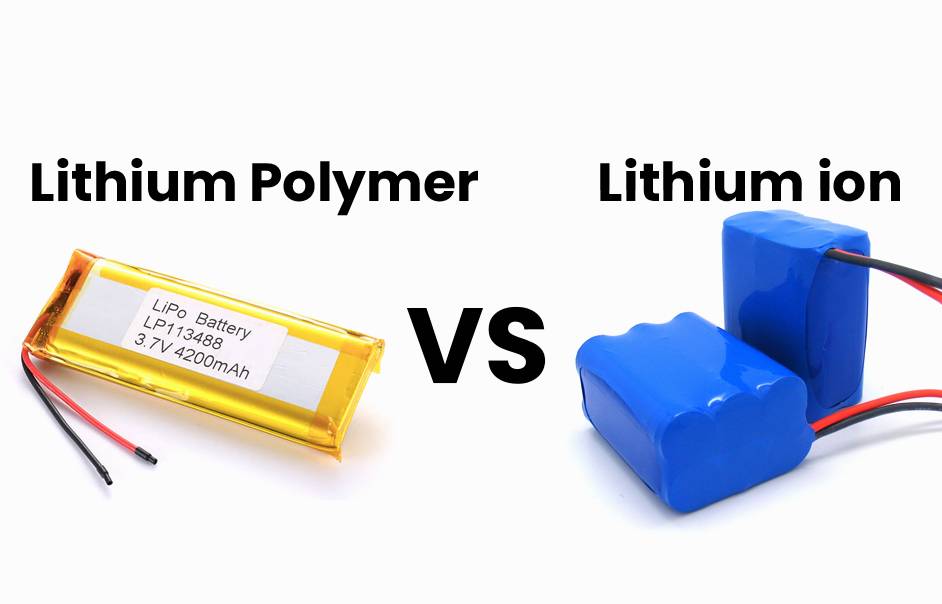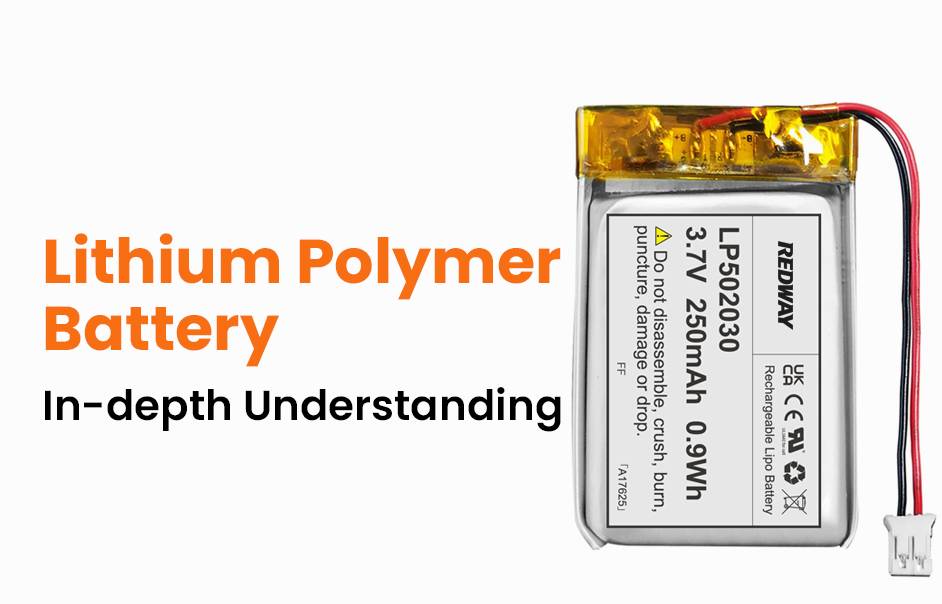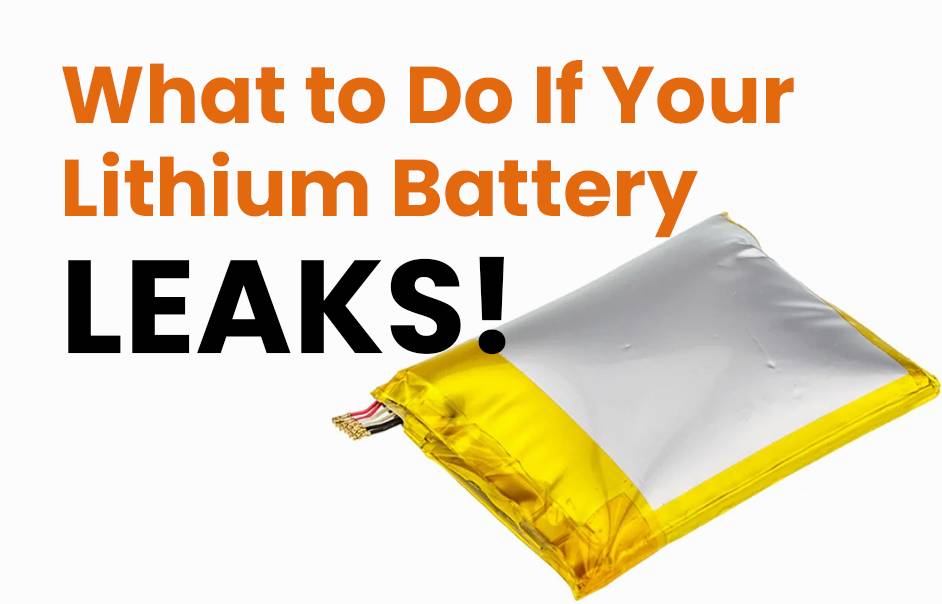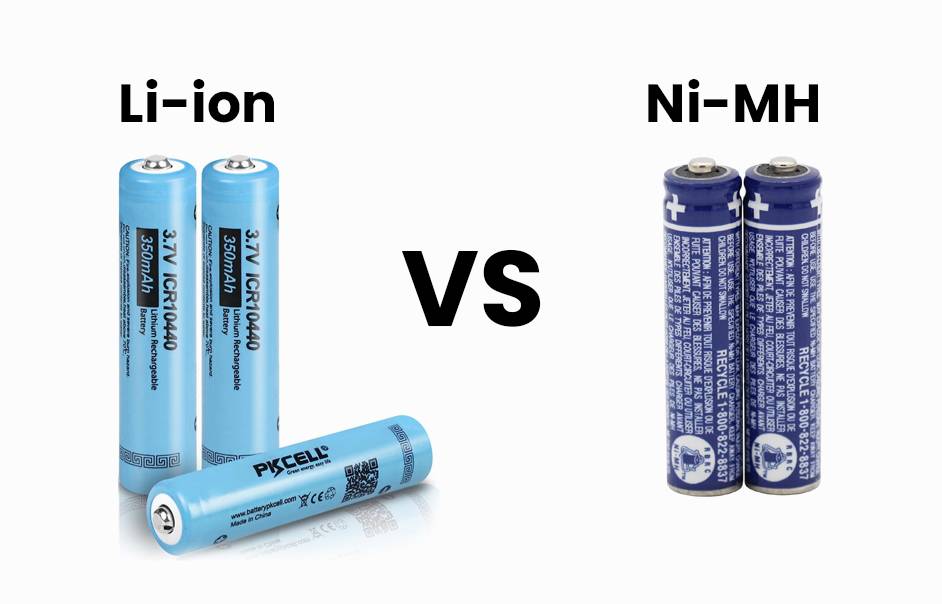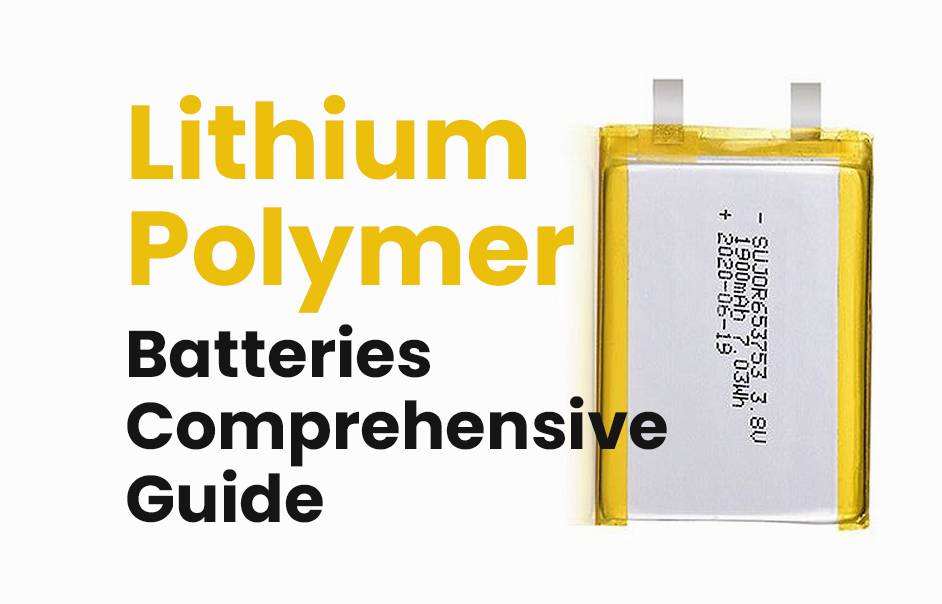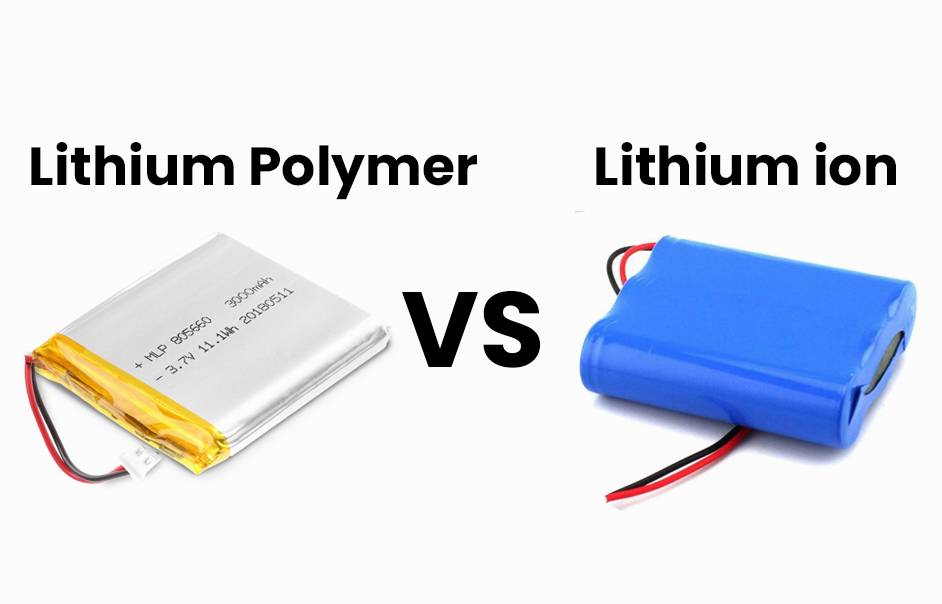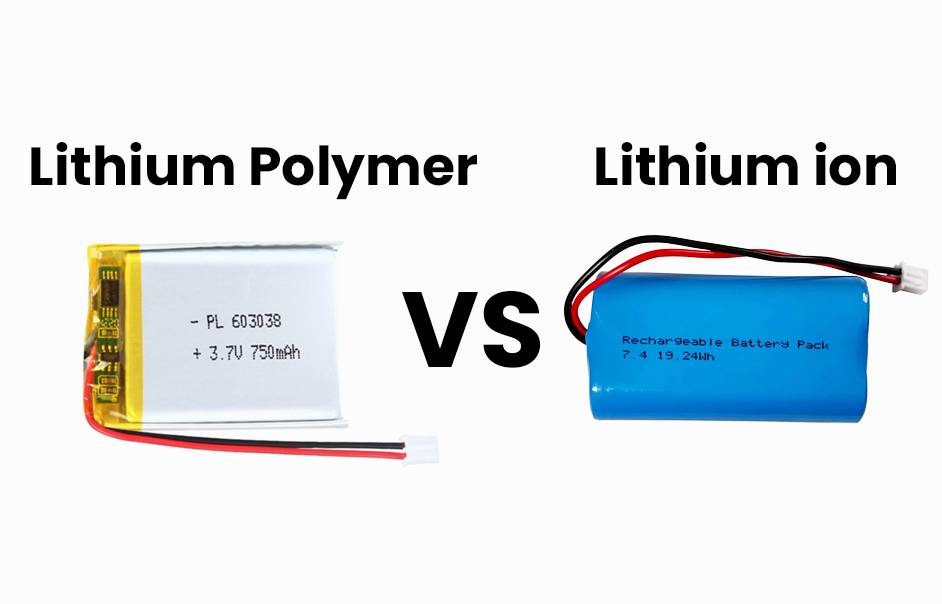- Rack-mounted Lithium Battery
- Golf Cart Lithium Battery
-
Golf Cart Lithium Battery
- 36V 50Ah (for Golf Carts)
- 36V 80Ah (for Golf Carts)
- 36V 100Ah (for Golf Carts)
- 48V 50Ah (for Golf Carts)
- 48V 100Ah (Discharge 100A for Golf Carts)
- 48V 100Ah (Discharge 150A for Golf Carts)
- 48V 100Ah (Discharge 200A for Golf Carts)
- 48V 120Ah (for Golf Carts)
- 48V 150Ah (for Golf Carts)
- 48V 160Ah (Discharge 100A for Golf Carts)
- 48V 160Ah (Discharge 160A for Golf Carts)
-
Golf Cart Lithium Battery
- Forklift Lithium Battery
- 12V Lithium Battery
- 24V Lithium Battery
- 36V Lithium Battery
- 48V Lithium Battery
-
48V LiFePO4 Battery
- 48V 50Ah
- 48V 50Ah (for Golf Carts)
- 48V 60Ah (8D)
- 48V 100Ah (8D)
- 48V 100Ah
- 48V 100Ah (Discharge 100A for Golf Carts)
- 48V 100Ah (Discharge 150A for Golf Carts)
- 48V 100Ah (Discharge 200A for Golf Carts)
- 48V 150Ah (for Golf Carts)
- 48V 160Ah (Discharge 100A for Golf Carts)
- 48V 160Ah (Discharge 160A for Golf Carts)
-
48V LiFePO4 Battery
- 60V Lithium Battery
-
60V LiFePO4 Battery
- 60V 20Ah
- 60V 30Ah
- 60V 50Ah
- 60V 50Ah (Small Size / Side Terminal)
- 60V 100Ah (for Electric Motocycle, Electric Scooter, LSV, AGV)
- 60V 100Ah (for Forklift, AGV, Electric Scooter, Sweeper)
- 60V 150Ah (E-Motocycle / E-Scooter / E-Tricycle / Tour LSV)
- 60V 200Ah (for Forklift, AGV, Electric Scooter, Sweeper)
-
60V LiFePO4 Battery
- 72V~96V Lithium Battery
- E-Bike Battery
- All-in-One Home-ESS
- Wall-mount Battery ESS
-
Home-ESS Lithium Battery PowerWall
- 24V 100Ah 2.4kWh PW24100-S PowerWall
- 48V 50Ah 2.4kWh PW4850-S PowerWall
- 48V 50Ah 2.56kWh PW5150-S PowerWall
- 48V 100Ah 5.12kWh PW51100-F PowerWall (IP65)
- 48V 100Ah 5.12kWh PW51100-S PowerWall
- 48V 100Ah 5.12kWh PW51100-H PowerWall
- 48V 200Ah 10kWh PW51200-H PowerWall
- 48V 300Ah 15kWh PW51300-H PowerWall
PowerWall 51.2V 100Ah LiFePO4 Lithium Battery
Highly popular in Asia and Eastern Europe.
CE Certification | Home-ESS -
Home-ESS Lithium Battery PowerWall
- Portable Power Stations
Physical and Chemical Properties of Lithium, A Comprehensive Guide
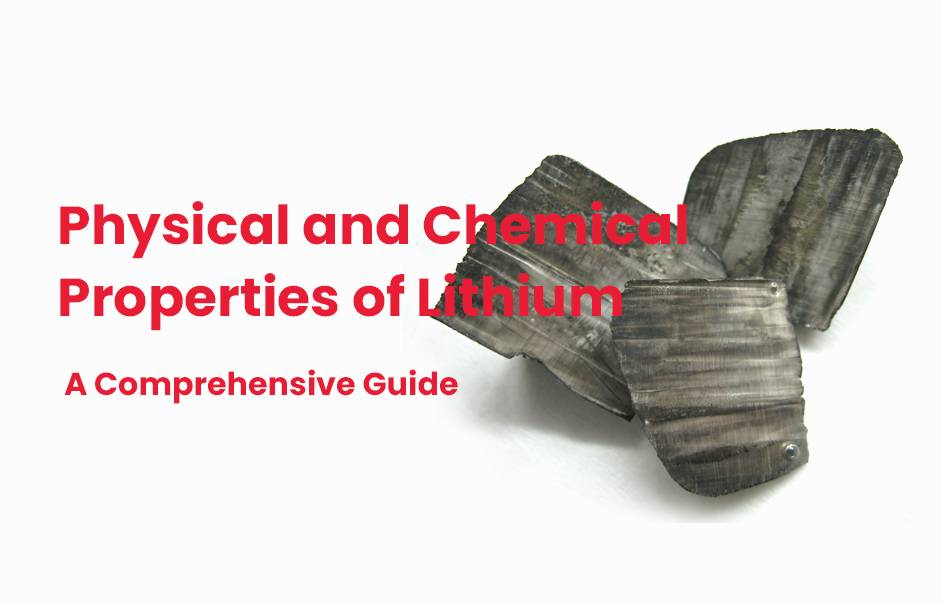
Lithium is a highly reactive and lightweight metal known for its unique physical and chemical properties. It has a low atomic number of 3, a density of 0.534 g/cm³, and a melting point of 180.5 °C. Lithium’s reactivity makes it essential in various applications, especially in rechargeable batteries.
Physical Properties of Lithium
Lithium is characterized by several distinctive physical properties that contribute to its widespread use:
- Lightweight: Lithium is the lightest metal and has a density lower than water, making it ideal for applications where weight is crucial.
- Softness: It is a soft metal that can be cut with a knife, which allows for easy processing in manufacturing.
- Silvery Appearance: Lithium has a shiny, metallic luster that tarnishes quickly when exposed to air due to the formation of lithium oxide.
- Conductivity: It exhibits excellent electrical conductivity, making it suitable for electronic applications.
| Property | Value |
|---|---|
| Atomic Number | 3 |
| Density | 0.534 g/cm³ |
| Melting Point | 180.5 °C |
| Boiling Point | 1342 °C |
Chemical Properties of Lithium
Lithium’s chemical properties are equally significant, particularly its reactivity:
- Reactivity: Lithium reacts vigorously with water, producing hydrogen gas and lithium hydroxide. This property is crucial for understanding its handling and storage.
- Flammability: When exposed to air, lithium can ignite spontaneously, necessitating special precautions during transportation and usage.
- Compounds Formation: Lithium forms various compounds, including lithium carbonate (Li2CO3) and lithium chloride (LiCl), which are used in numerous industrial applications.
| Chemical Property | Description |
|---|---|
| Reactivity with Water | Produces hydrogen and hydroxide |
| Flammability | Ignites in air |
| Common Compounds | Li2CO3, LiCl |
Latest News
- Recent studies have highlighted advancements in lithium extraction methods, focusing on sustainability and reducing environmental impact.
- The demand for lithium-ion batteries continues to surge due to the growth of electric vehicles and renewable energy storage solutions.
- Researchers are exploring new lithium alloys to enhance battery performance and longevity.
Health Effects and Safety Precautions
Lithium has various health effects and safety precautions due to its reactivity and flammability. Direct contact with lithium can cause skin and eye irritation. It is important to handle lithium with caution and follow safety guidelines, such as wearing protective equipment and storing it properly. Additionally, lithium should be kept away from moisture and open flames to prevent accidents.

- Skin Contact:
- Direct exposure to lithium can cause skin irritation, redness, and blisters.
- Wearing protective gloves and clothing is crucial to prevent skin issues.
- Inhalation Risks:
- Inhaling lithium dust or fumes may lead to respiratory problems, including coughing and difficulty breathing.
- Proper ventilation systems are necessary in areas with lithium to mitigate inhalation risks.
- Ingestion Consequences:
- Accidental ingestion of lithium, possibly from improper storage or contaminated surfaces, can negatively affect the central nervous system.
- High doses may lead to toxicity, emphasizing the importance of secure storage.
- Training and Awareness:
- Individuals handling lithium-based products should undergo proper training on safety procedures.
- Awareness of potential health effects aids in injury prevention.
- Secure Storage:
- Storing lithium away from flammable materials minimizes the risk of accidents, including fires or explosions.
- Implementing secure storage practices is essential for overall safety.
Maintaining a secure environment involves comprehensive safety measures, proper training, and awareness of potential health effects. Prioritizing safety ensures the responsible handling of lithium in various applications.
Redway Expert Comment
“As experts in the field of Lithium LiFePO4 batteries, we recognize the critical role lithium plays in modern energy solutions. Its unique properties make it indispensable for high-performance applications such as electric vehicles and renewable energy systems. At Redway Power, we are committed to providing innovative battery solutions that leverage these properties effectively.”
The physical and chemical properties of lithium directly influence its application in various battery technologies. For instance, its lightweight nature enhances the efficiency of electric vehicles and portable devices. Additionally, the high reactivity of lithium compounds is leveraged in creating efficient energy storage systems.For clients or importers looking for wholesale or OEM requirements, we recommend our Lithium LiFePO4 Batteries, which utilize lithium’s advantageous properties for superior performance in applications such as solar energy storage, electric vehicles, and more.
Top Competitors in Lithium Battery Solutions
Here are five alternative brands offering competitive lithium battery options:
| Brand | Battery Type | Voltage Options | Lithium Option Available |
|---|---|---|---|
| Redway Power | LiFePO4 | 12V, 24V | Yes |
| LG Chem | Lithium-ion | Various | Yes |
| Panasonic | Lithium-ion | Various | Yes |
| Samsung SDI | Lithium-ion | Various | Yes |
| A123 Systems | LiFePO4 | Various | Yes |
In conclusion, understanding the physical and chemical properties of lithium is essential for leveraging its capabilities in battery technology. With its unique characteristics, lithium remains at the forefront of energy solutions, particularly in rechargeable batteries like those manufactured by Redway Power.
FAQs
Why Follow Battery Discharge Guidelines?
How Do Battery Discharge Signatures Differ?
What Makes Nickel-Lithium Batteries’ Power Unique?
How Do LiFePO4 Cells Compare to Li-ion Cells?
What Is the Li-ion Power Cell’s Continuous Discharge Rate?
How Do Li-ion Power Cells Differ from Energy Cells?
How Do Cold Temperatures Affect Battery Efficiency?
What Are the Discharge Traits of Panasonic’s Energy Cell?
More FAQs
How is lithium involved in the development and applications of high-energy batteries, particularly lithium secondary batteries and lithium-ion batteries?
How does lithium play a role in thermonuclear fusion reactions and nuclear reactors?
What is the significance of lithium in the context of energy technology?













